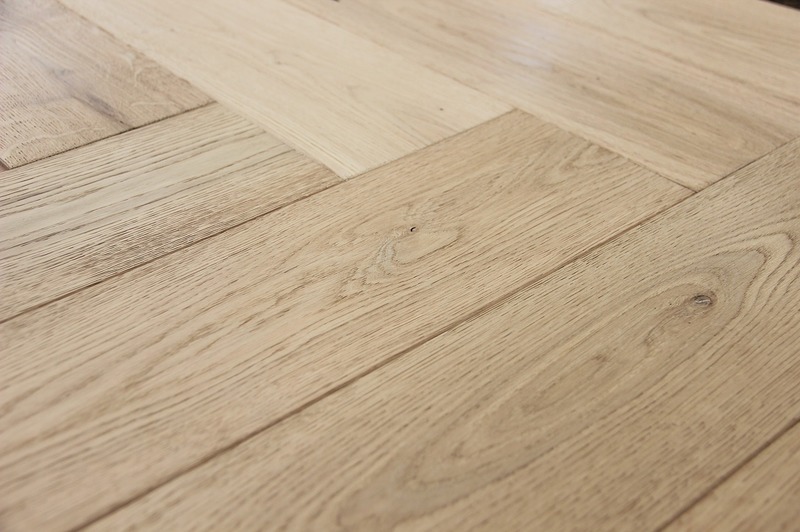This article gives a quick review on how to remove mold stains from vinyl. The moment has come to use chemicals on your vinyl floor if you have stubborn stains or marks that won’t come out with standard cleaning techniques.
One of the most apparent benefits of vinyl goods is their ease of cleaning and upkeep over other types of flooring. Considering vinyl products are highly resilient, many consumers prefer to purchase them over different types of products.

On the other hand, vinyl materials have the disadvantage of being sensitive to mold, such as exposure to moisture over an extended period. Even though mildew can be difficult to remove on vinyl surfaces, there are methods for removing it and preventing it from developing on vinyl surfaces.
How Do You Remove Stains From Vinyl?
Mold must survive for it to reproduce. It also needs oxygen, a food supply, the right temperature level, and humidity.
If you remove these factors from the atmosphere, the mold spores will be unable to grow. Some of these variables will be beyond your hands, but mold will be unable to thrive if you can eliminate any of these.
The most effective strategy is to eliminate the humidity or the food supply. Vinyl floors frequently include grooves, which serve as a hiding place for food supplies, and mold spores can spread from something as insignificant as an accumulation of tiny particles.
If you haven’t eliminated the mold, here’s an additional guide on removing mold from vinyl.
Step #1. In a bucket, pour warm water with a small amount of dish cleaning liquid. You can remove most mildew stains with a water solution and a bar of moderate, mild detergent soap.
Step #2. You can remove mildew from vinyl surfaces by soaking a soft cotton cloth or sponge in the cleaning agent and wiping it across the area.
Step #3. Wash the vinyl surface with warm, clear tap water before cleaning it dry with a light cotton microfiber cloth for any remaining residue.
Step #4. To remove the more resistant mold stains, combine 2 cups boiling water, three tablespoons white vinegar, and one teaspoon borax powder in a plastic bottle and sprinkle it on the affected area.
Shake the mixture thoroughly before spraying it over the surface. After allowing the mixture to remain on the fabric for approximately 30 minutes, wipe it gently with a soft piece of cloth.
Step #5. Pour a few droplets of undiluted liquid chlorine bleach straight to the most challenging mildew spots, then scrub the area with a medium-soft cleaning brush to remove any remaining mildew.
Step #6. Using a mixture of one part white vinegar and three parts water, you can prevent future mildew stains from appearing on the surface. It would help if you did it regularly to help preserve vinyl surfaces mold proof.
Because mildew originates on dirty surfaces, periodic washing with a mild detergent and warm water can help avoid recurrent mildew problems from arising in the future. Here’s a guide on what is the most dangerous mold.
Is Bleach Effective In Mold Stains Removal?
Bleach is a versatile cleaning agent that you can use to remove various problems, including mold and mildew. You should, however, keep it away from the stains that have accumulated on your floor, mainly because of the vinyl.
When you use bleach on vinyl, you remove the oils from the material, which are necessary for the material’s lifespan and water resistance. Also influenced by environmental conditions is the sewing that binds your seats together, which can cause them to fade and eventually break apart.
Yes, your vinyl will not endure indefinitely, but by avoiding the use of bleach during this cleaning process, you can extend its lifespan. When selecting a mold and mildew cleaning solution, consider that many of these treatments use bleach as one of their active ingredients, so take precautions.
How Can I Prevent Mold On Vinyl?
Although you’ve already executed enough to remove mold and mildew from your vinyl floors, it doesn’t harm to perform little maintenance checks on them.
Vinyl protectants have a dual purpose in that they both enhance the appearance of your floors while also preserving them from UV harm. Furthermore, the use of these sorts of items will assist in avoiding the growth of mold and mildew in the long term.
It will also reduce the need for costly resurfacing repairs and will assist in keeping the structural integrity of your boat intact.
Apart from using vinyl protectants, there are several more ways to avoid cleaning mold and mildew. After use, wipe your floors as moisture causes mold and mildew.
Even if there is no visible moisture, it helps to wipe a towel between gaps and seams.
Conclusion
Now that you know how to remove mold stains from vinyl, consider investing in mildew-resistant seating.
Suppose you’re cleaning or replacing worn-out floors — research into mold-resistant fabrics. While not infallible, they will help lessen the likelihood of a moldy disaster.
